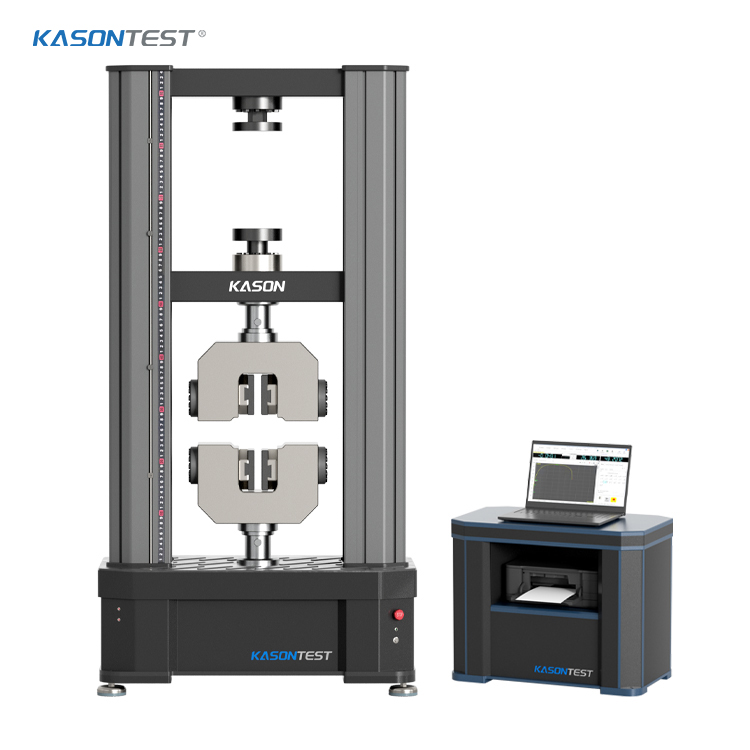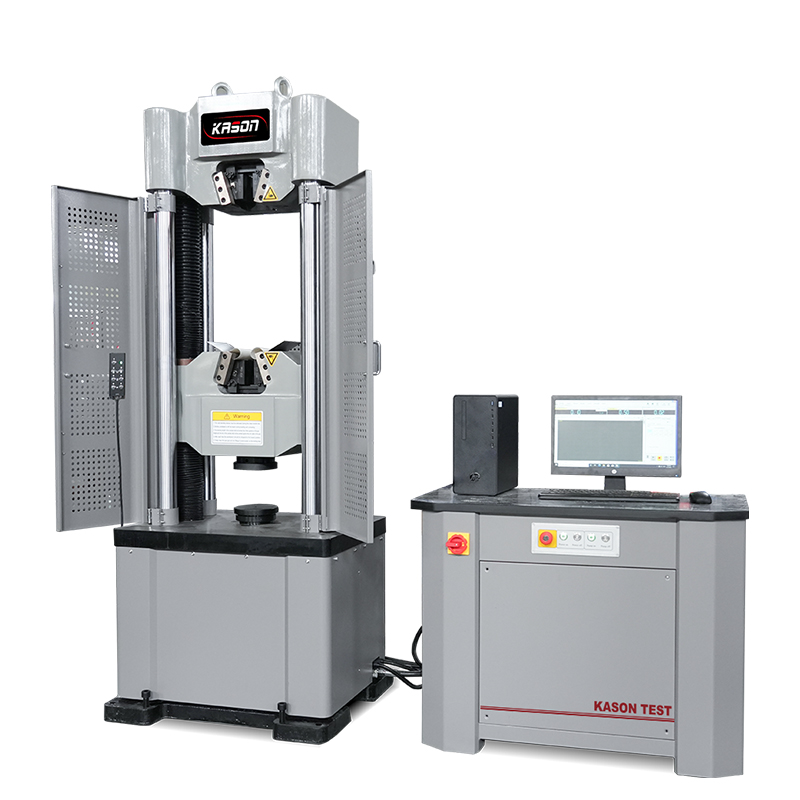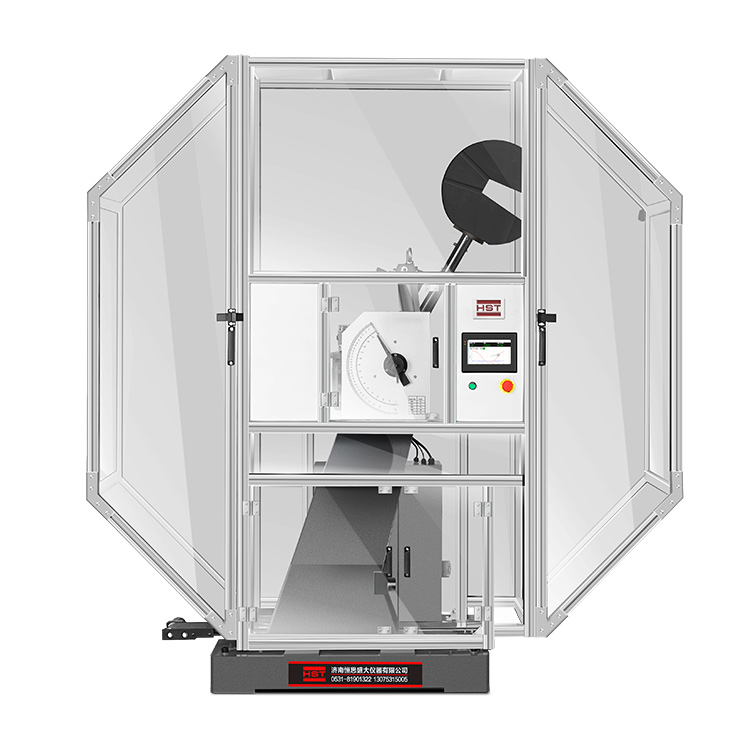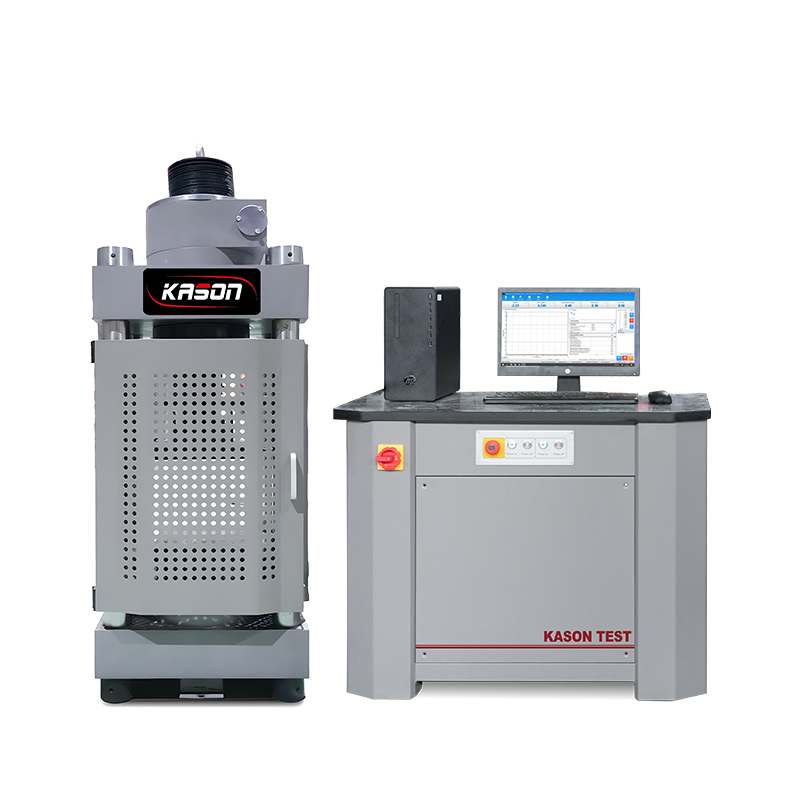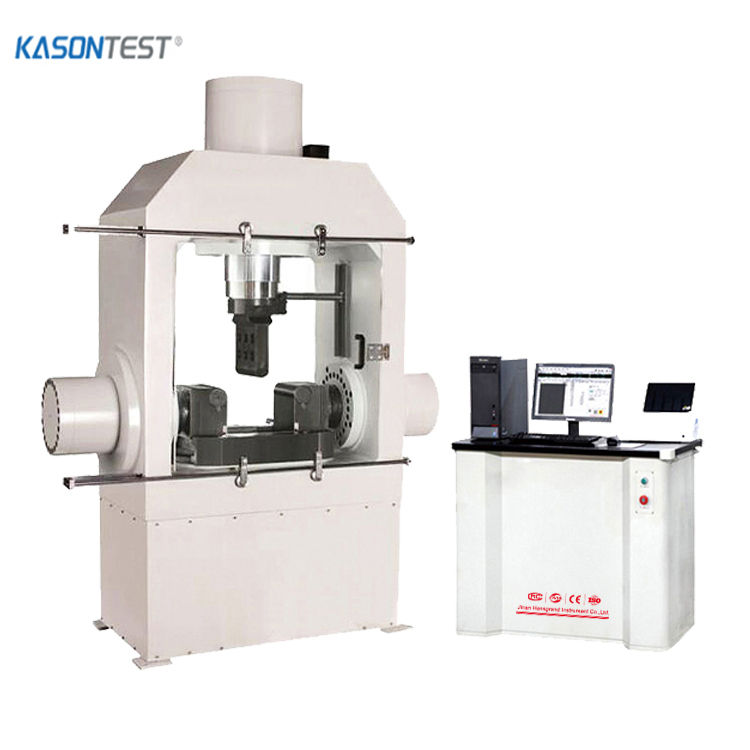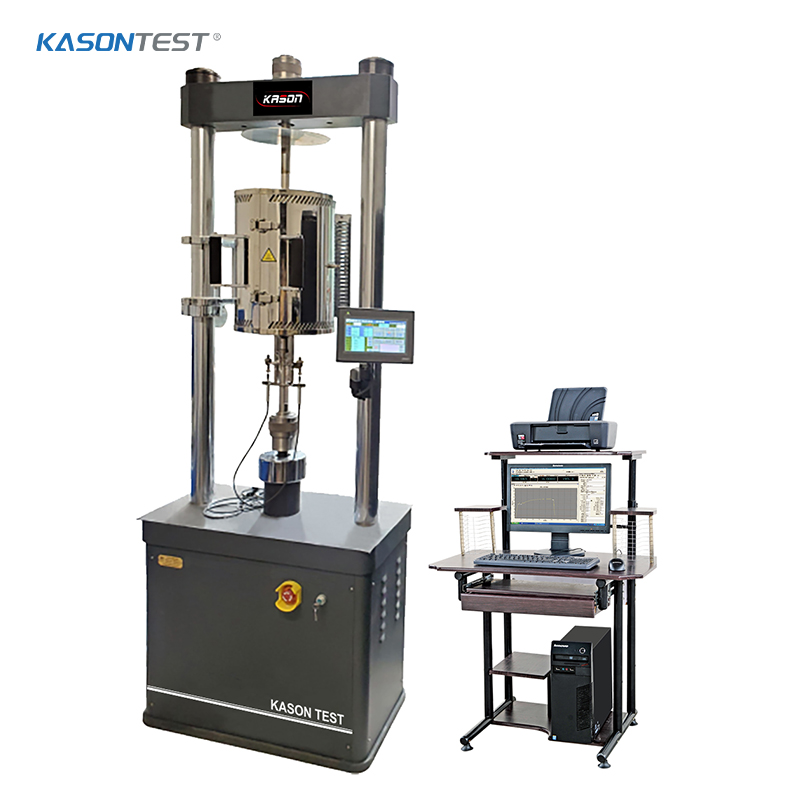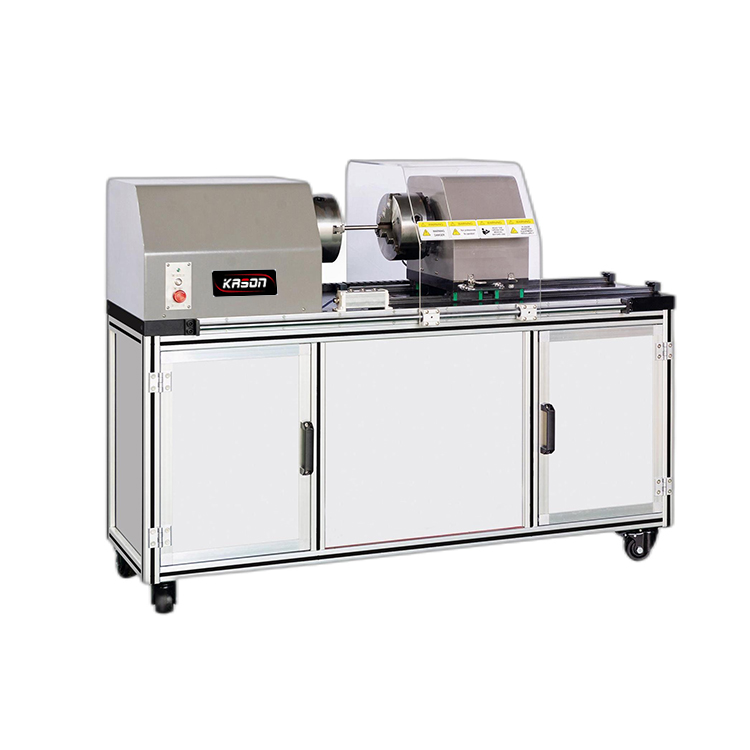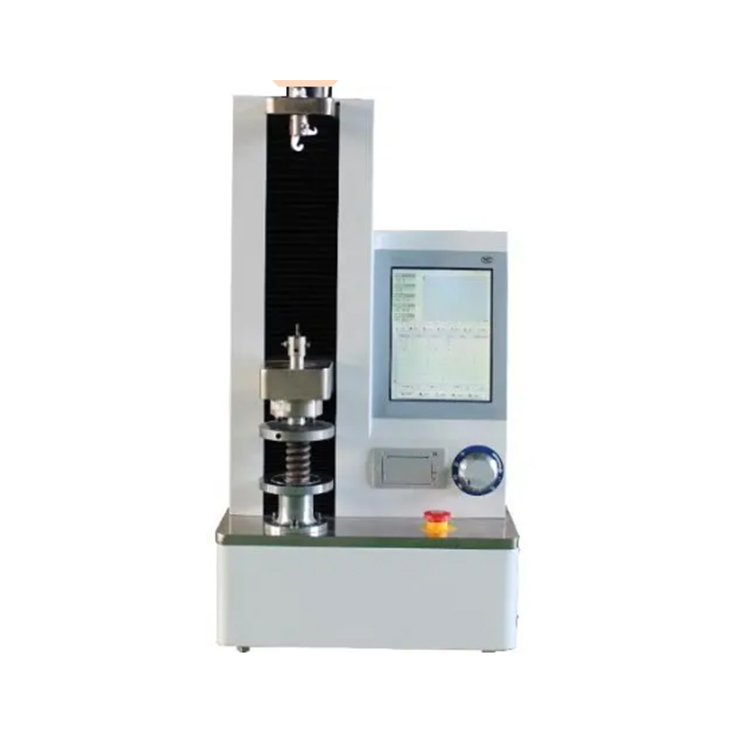Tensile Strain Hardening Exponent (n)
ISO 10275, ASTM E646, and JIS Z 2253 specify methods for determining the tensile strain hardening exponent, commonly called the “n-value”, of flat metallic materials, typically sheet and strip. The strain hardening exponent (n) of sheet metal is the material’s response to cold working (a measure of the increase in strength due to plastic deformation).
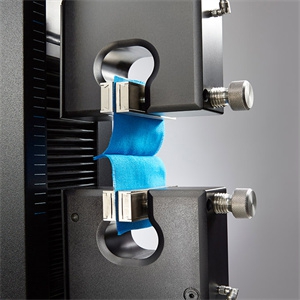


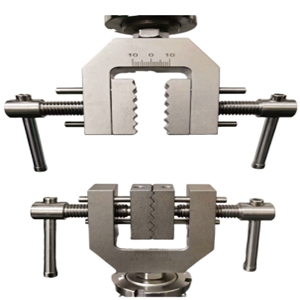
To calculate the n-value, a test is performed to ISO 6892 and using the axial extensometer, a stress strain curve is produced. The n-value is calculated over the whole uniform plastic strain range. This is typically from the beginning of uniform strain hardening region (after any yield point phenomena) until just before the point at which tensile strength is calculated, Rm. These calculations can be done automatically using Bluehill Universal.
An ISO 10275, ASTM E646, or JIS Z 2253 test is typically performed at the same times as ISO 10113, ASTM E517, or JIS Z 2254, the plastic strain ratio (r-value).
Sheet metal testing applications require calculations such as yield strength, yield point elongation, ultimate tensile strength, plastic strain ratio ('r' value) and the strain hardening exponent ('n' value). These calculations place a high physical demand on traditional contacting extensometers for measuring axial and transverse strain to allow for enough travel to test the specimens through break, but small enough gauge lengths to ensure high accuracy in measurements. Additionally, relevant ASTM and ISO testing standards have accuracy requirements that must be achieved.

